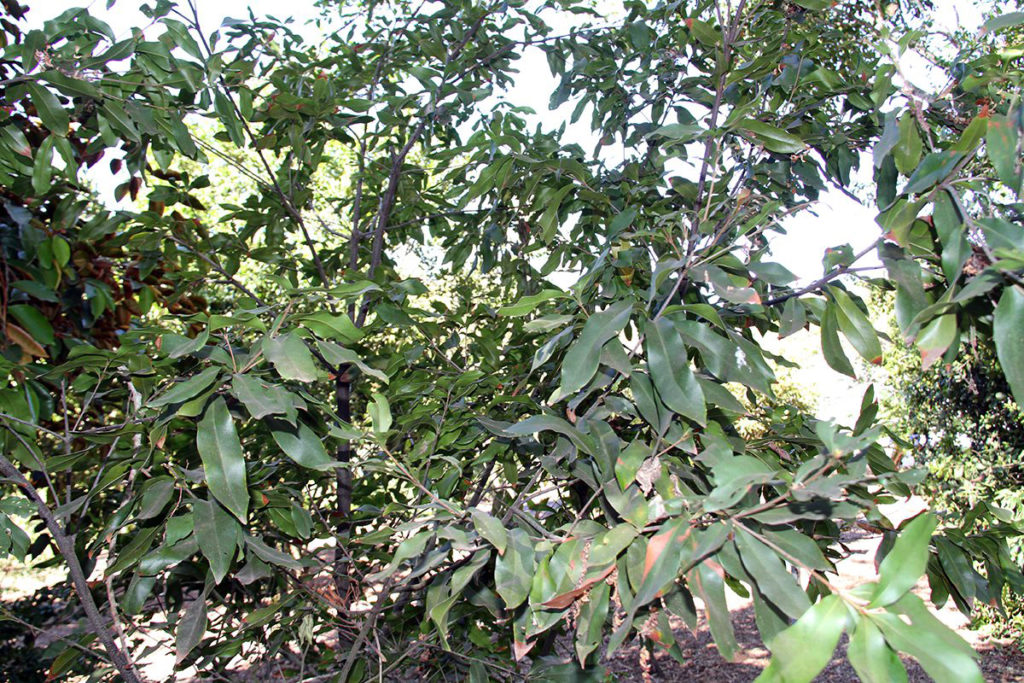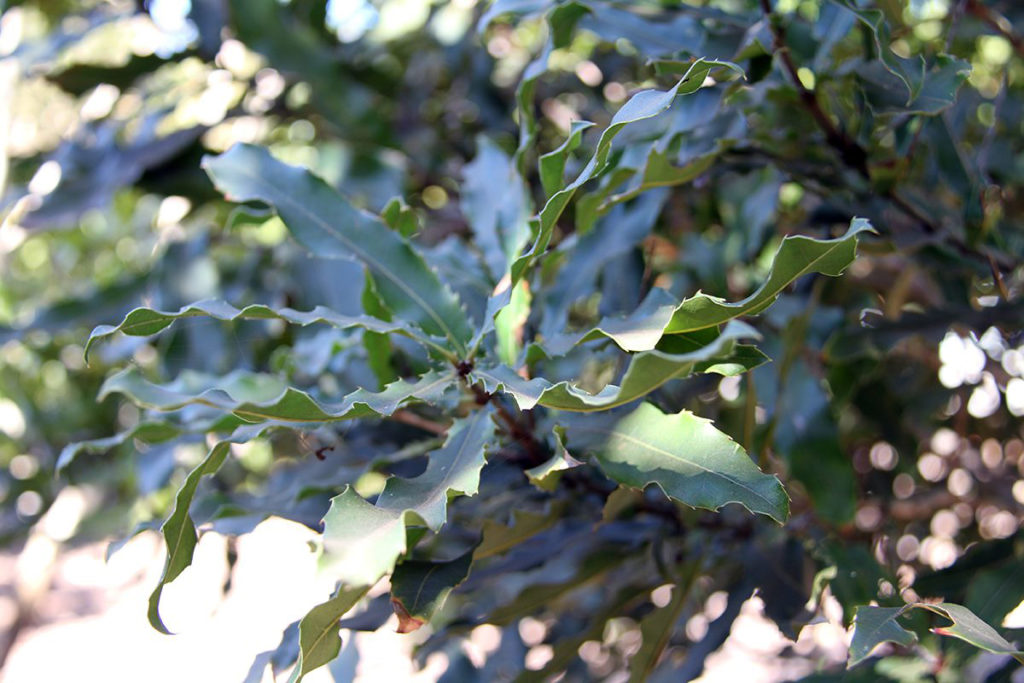
The listing of three macadamias on the Global Threatened Species Red List has increased the focus on conservation efforts in the Bundaberg Region.
Macadami integrifolia, native to south-east Queensland, is now listed as vulnerable on the International Union for Conservation of Nature (ICUN) red list and M. ternifolia, native to Queensland, and M. tetraphylla, from northern NSW, have been categorised as endangered on the Switzerland-based body’s list released on December 10.
Ian McConachie, a macadamia grower for more than 40 years and pioneer of the Bundaberg Region’s commercial macadamia industry in 1987, said M. jansenii, which grows naturally in the Bundaberg Region, also needed increased care.
Ian, who now works to conserve macadamia species, said M. jansenii, commonly known as the Bulburin nut, a species discovered growing wild in the 1980s, faced an uncertain future.
“Named after Ray Jansen from Kolan, it is as rare as the Wollemi Pine and exists in isolated rain forest in the Granite Creek head waters north west of Bundaberg,” he said.
“Thirty per cent of trees were lost through bush fires in December 2019. It is not edible but could have major breeding potential.”
In addition to being threatened by fire, Ian said M. jansenii, also known as the Bulburin Nut after the national park in which it was found, was also susceptible to invasive weeds, particularly cat’s claw creeper, and the impact of human activities.
To help ensure their survival, examples of all four species have been planted at the Bundaberg Botanic Gardens as insurance against their further demise in the wild.
Council’s portfolio spokesperson Cr Wayne Honor said 10 M. jansenii trees, grown from cuttings harvested at Gladstone Tondoon Botanic Gardens, were thriving in their new home.
“Having these trees growing at the Bundaberg Botanic Gardens is a good insurance policy against anything happening to the wild trees at Bulburin,” Cr Honor said.
“They also serve valuable educational and research purposes, enabling interested parties to learn more about these rare trees and help ensure their survival.”
Cr Honor said growing the M. jansenii trees at the Botanic Gardens was the result of multiple parties working together.
“Establishing the rare trees at Bundaberg’s gardens was an initiative of the Macadamia Conservation Trust (MCT), with Federal Government assistance,” he said.
“We also had Queensland Parks and Wildlife Service and Gidarjil Development Corporation rangers work together to collect the cuttings from Gladstone.”
The Gidarjil enterprise is also helping to preserve the species by growing trees at its Thornhill Station property at Gindoran, between Gin Gin and Miriam Vale.

The inclusion of M. integrifolia, M. ternifolia and M. tetraphylla on the IUCN red list has prompted a call by Australian non-profit Macadamia Conservation Trust (MCT) for the Federal Government to adopt a federal recovery plan to reduce their risk of extinction.
Denise Bond, executive officer of MCT, the world’s only charity devoted to conserving macadamias, described the listing of the three species as a “wake-up call” for the Federal Government.
“I hope this listing will encourage the Federal Government to adopt the Macadamia Species Recovery Plan which will facilitate action to address the threats facing wild macadamia species,” Denise said.
The draft plan to protect the three species, in addition to M. jansenii, was prepared by the Queensland Department of Environment and Science in 2019 but is yet to be adopted.
Denise said the inclusion of the three species on the IUCN red list was a reminder that Australia had lost at least 80 per cent of its rainforest habitat since colonisation.
“Even now, (macadamias’) remaining habitat is threatened by further clearing, weed invasion, changes to fire regimes, and climate change and that’s why we want a formal recovery plan in place,” she said.
“MCT hopes that this international recognition of their vulnerability will lead to more focus on their conservation in Australia to protect these unique species and their habitat.
“Macadamias are Australia’s leading commercially grown native crop and Australians eat more than twice as many macadamias per capita as any other country – an average of 135 grams per person.”




